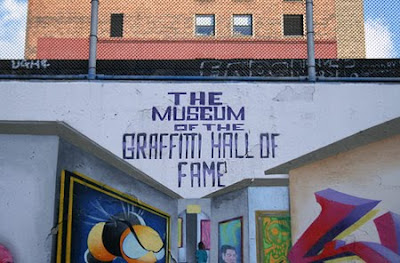GRAFFITI LETTER N | GRAFFITI ART | GRAFFITI GRAPHIC DESIGNletters N
glass letter N
Graffiti alphabet >> alphabet letters "N"
Graffiti letter N : The early form of the letter N was forever closely associated with water system. When the sign was applied by the Phoenicians more than three thousand years ago, it was called �nun�, which meant fish. Before the Phoenicians, the Egyptian hieroglyph (or image sign) for the �
Graffiti letter N� sound made up a wavy line representing water supply.
Around the 10th century B.C., the Greeks began following parts of the Phoenician alphabet as their own. In this method, they not only acquired the shape of the Phoenician nun, they also preserved it is name � to an full point. Though the Phoenician character�s name was meaningless to the Greeks, it is initial sound became the sound that the sign represented. The Phoenician nun thus became the Greek �nu.�
The squiggly nu doubtlessly upset those organized, rational Greek minds, thus obliging it to redesign the character reference slightly to become their sensibilities. 1st, they tasted to give the angled strokes stableness by drawing the last one a strong vertical support. But this made the
Graffiti letter N of the alphabet (gasp!) asymmetrical! Obviously, this wouldn't do, and so the Greeks extended the extra vertical stroking and made the 2 duplicate.
The Greek N passed on to the Romans with virtually no modify successful the base design. Extra time, however, subtle changes were made to complete the letters of the alphabet the Romans borrowed from the Greeks, and the N lived no exception.
At the start of Graffiti letter N, the Romans, like the Greeks, incised their letters of the alphabet directly in stone, or inscribed them in soft clay. These early letters of the alphabet had no variant in stroke thickness and lacked nearly of the curved strokes we have come to associate degree with the roman letters alphabet. In the 1st century A.D., however, cutters got to paint the letters of the alphabet on stone before cutting them with hammering and chisel. It was this pre-drawing process that gave our current alphabet it is variance in stroke weight, rich flowing curves and, at last, serifs. During this evolutionary change, the N�s outside strokes became thinner and serifs were brought.
by Allan Haleyyou need to looking more
graffiti alphabet murals?or just comment my blog..thanks dude :)





 Graffiti animals "DOG" Herakut always two different messages because there's always two brains
Graffiti animals "DOG" Herakut always two different messages because there's always two brains